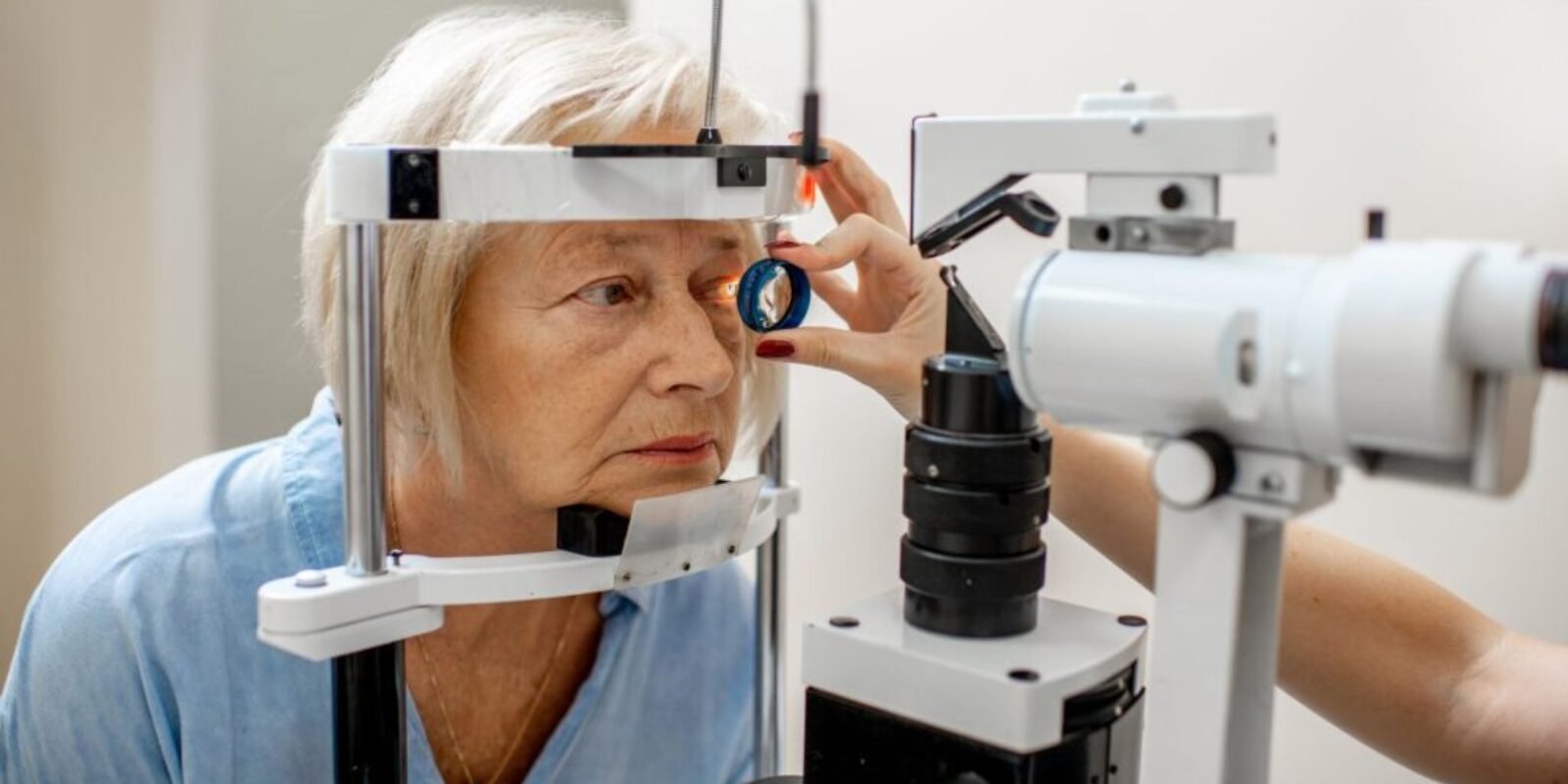Last Updated on June 27, 2025 by Julian Espinosa
Have you ever stopped to truly appreciate the gift of sight? Your eyes are working tirelessly every moment, capturing memories, reading favorite books, and connecting you with loved ones. As we enter our retirement years, maintaining healthy vision becomes more crucial than ever — not just for independence, but for continuing to enjoy life’s precious moments.
Current eye health research reveals that four primary conditions most commonly affect adults over 65: cataracts, glaucoma, age-related macular degeneration, and ocular hypertension. The encouraging news? Most vision problems in mature adults are preventable or manageable when caught early through proper care and regular monitoring.
This comprehensive guide reveals five essential steps that can help preserve your sight for years to come. You’ll discover practical nutrition strategies that support eye health, learn about protective measures that take just minutes a day, and understand when to seek professional care. We’ll also explore the latest breakthrough treatments and debunk common myths that might be putting your vision at risk.
Whether you’re already experiencing changes in your vision or want to take proactive steps to protect your eyesight, these research-backed strategies can make a meaningful difference. Your future self will thank you for the simple actions you take today to safeguard one of your most precious senses.
Preserving the Windows to the Soul: Seniors’ Eye Health
Your eyes have faithfully served you through decades of life’s adventures. Now, as you embrace your retirement years, it’s time to return that loyalty with the care and attention your vision deserves. The reality is that many vision challenges aren’t inevitable consequences of aging—they’re often preventable conditions that respond well to proactive care.
Think of your eye health journey as tending a garden. With the right nutrients, protection from harsh elements, and regular attention, your vision can continue flourishing well into your golden years. The vision care market is experiencing unprecedented growth, driven by increasing demand for advanced eyewear and higher prevalence of vision-related disorders. This surge reflects a growing awareness that vision health deserves priority attention.
Prefer to listen rather than read?
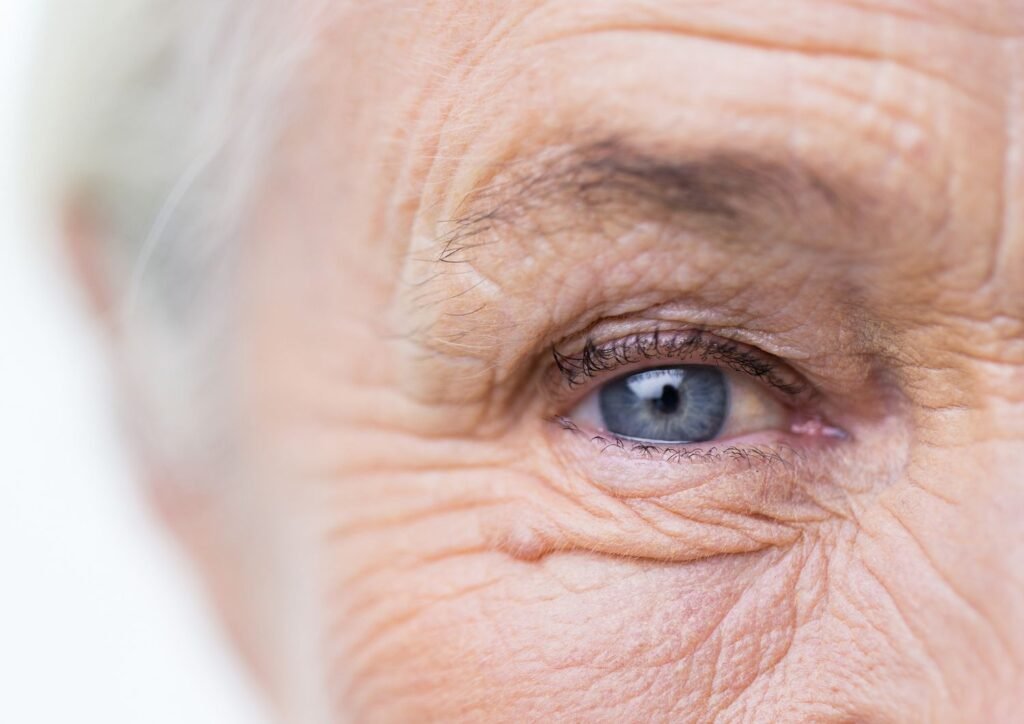
The Emotional Toll of Vision Loss
Vision loss can have a profound emotional impact on individuals, affecting their mental well-being, self-esteem, and overall quality of life. Whether it occurs suddenly or progressively, the loss of sight can be a life-altering experience that brings with it a range of complex emotions.
- Depression
- Many people who experience vision loss may go through periods of depression.
- Losing the ability to see can lead to feelings of sadness, hopelessness, and isolation.
- It can disrupt one’s daily routines and limit participation in social and recreational activities, further exacerbating depressive symptoms.
- Anxiety
- Vision loss can trigger anxiety, particularly related to concerns about safety and independence.
- Individuals may worry about navigating their environment, avoiding accidents, and relying on others for assistance.
- The fear of the unknown and potential limitations can be overwhelming.
- Grief
- People often go through a grieving process when they lose their vision.
- They mourn the loss of their previous way of life, including activities they once enjoyed and the freedom of mobility.
- This grieving process can be complicated and may require support from friends, family, or mental health professionals.
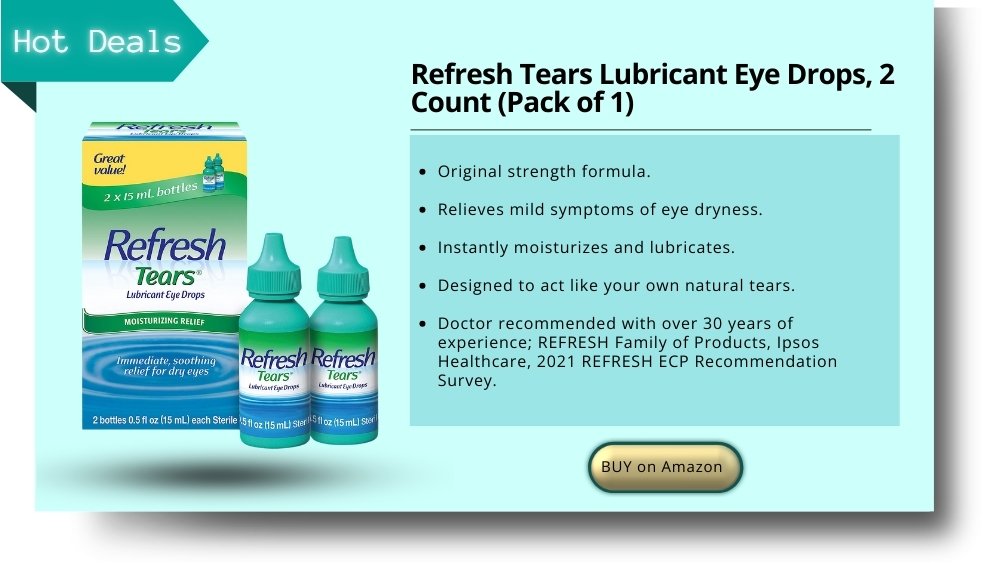
- Loss of Identity
- Vision loss can challenge an individual’s sense of identity.
- They may have to adapt to a new self-concept as a person with a visual impairment.
- This transition can be difficult as they navigate changes in their role, relationships, and self-image.
- Frustration and Anger
- Coping with vision loss can lead to frustration and anger, often directed at the circumstances or even at oneself.
- The inability to perform tasks that were once simple and the need for continuous adaptation can be incredibly frustrating.
- Isolation
- Vision loss can lead to social isolation. Individuals may withdraw from social activities due to embarrassment, fear, or discomfort.
- This isolation can further exacerbate feelings of depression and loneliness.
- Low Self-Esteem
- The inability to engage in everyday activities and the perception of dependence on others can erode self-esteem.
- Individuals may struggle with a sense of helplessness and self-worth, leading to negative self-perception.
It is crucial to acknowledge the emotional toll of vision loss and offer support and resources to those affected. Rehabilitation services, support groups, and counselling can be valuable tools for individuals dealing with the emotional impact of vision loss.
Common Eye Conditions in Seniors
As people age, they become more susceptible to various eye conditions that can impact their vision and overall eye health. Here are some of the common eye conditions that affect seniors:
- Cataracts
- Cataracts are a prevalent age-related eye condition.
- They occur when the eye’s natural lens becomes cloudy, leading to blurred vision.
- Cataracts can develop slowly over time and are a common cause of vision impairment in older adults.
- Surgical removal and replacement of the cloudy lens with an artificial one can often restore clear vision.
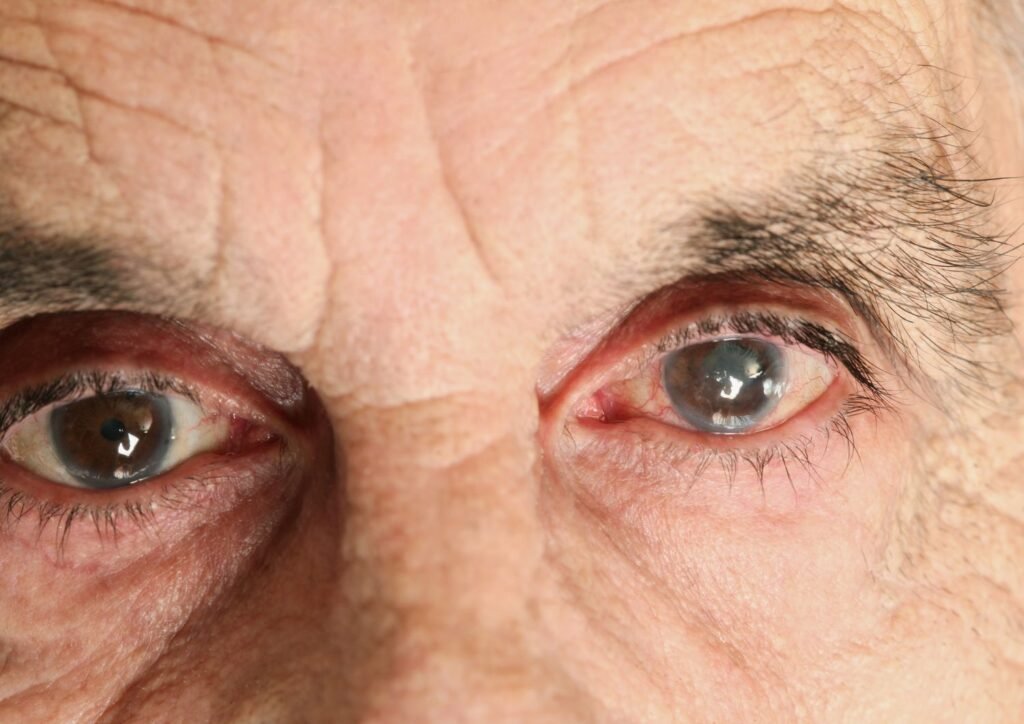
- Age-Related Macular Degeneration (AMD)
- AMD is a progressive eye disease that affects the macula, the central part of the retina responsible for sharp, central vision.
- It can result in a loss of central vision, making tasks like reading and recognizing faces challenging.
- There are two main types of AMD: dry and wet, with wet AMD being more severe.
- Although there is no cure, treatments can slow its progression and help manage the condition.
- Glaucoma
- Glaucoma is a group of eye conditions that can lead to optic nerve damage and vision loss.
- It is often associated with increased intraocular pressure.
- Glaucoma typically progresses slowly, and by the time symptoms become noticeable, irreversible damage may have occurred.
- Regular eye exams are essential for early detection and management.
- Dry Eye Syndrome
- Dry eye syndrome occurs when the eyes do not produce enough tears or when the tears evaporate too quickly.
- It can result in discomfort, redness, and blurred vision.
- Artificial tears, lifestyle changes, and prescription medications can help manage this condition.
- Presbyopia
- Presbyopia is a normal age-related change in the eye’s ability to focus on near objects.
- It usually becomes noticeable around age 40 and affects the ability to read or perform tasks up close.
- Reading glasses or multifocal lenses can help correct this vision problem.
- Retinal Detachment
- Retinal detachment is a serious eye condition where the retina, the light-sensitive tissue at the back of the eye, pulls away from its normal position.
- It can cause sudden vision loss and requires immediate medical attention.
- Surgery is often necessary to reattach the retina.
- Floaters and Flashes
- As people age, they may notice floaters (tiny specks or strands in their field of vision) and flashes of light.
- While these are often harmless, sudden changes in floaters or flashes can be a sign of a retinal tear or detachment and should be evaluated by an eye care professional.
The Link Between Other Health Conditions and Vision
Two of the most notable health conditions that can impact eye health are diabetes and high blood pressure.
Diabetes and its Effect on Vision
Diabetes, a metabolic disorder characterized by high blood sugar levels over prolonged periods, can have numerous complications if not properly managed. One of the most common complications affecting the eyes due to diabetes is diabetic retinopathy.
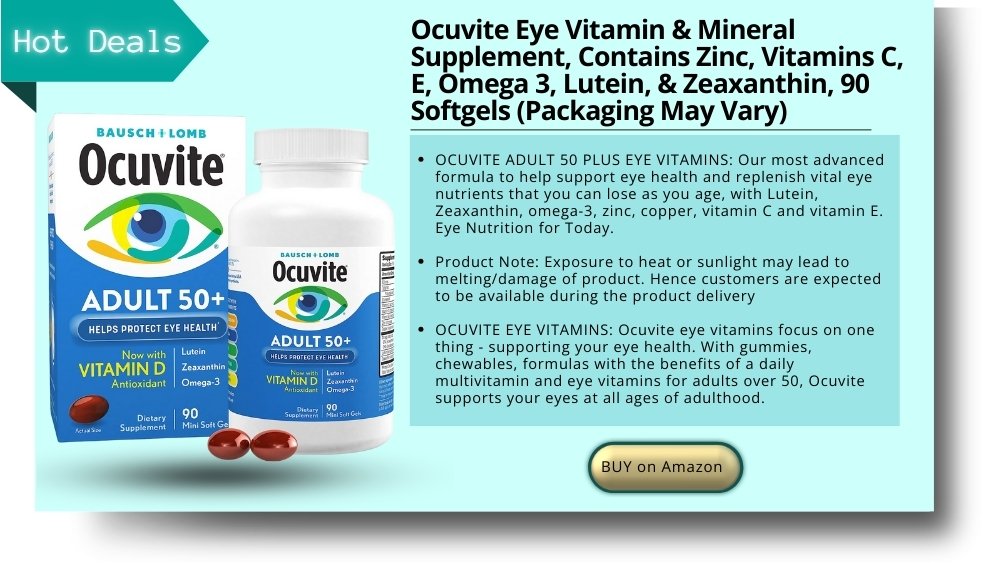
Diabetic Retinopathy
This condition arises when the small blood vessels in the retina, the light-sensitive layer at the back of the eye, become damaged due to prolonged high blood sugar levels. This can cause the blood vessels to swell, leak, or even close off entirely.
In some cases, abnormal new blood vessels may grow on the retina, a process known as proliferative diabetic retinopathy. This can lead to vision disturbances, blind spots, or even total vision loss if not detected and treated promptly.
High Blood Pressure and Eye Health
High blood pressure, or hypertension, is another systemic condition that can have serious implications for eye health. Consistently elevated blood pressure can damage the delicate vessels in the eyes, leading to a range of conditions.
- Hypertensive Retinopathy
- This condition mirrors diabetic retinopathy in some respects.
- Chronic high blood pressure can damage the retinal vessels, making them narrow, leak, or become blocked.
- This can lead to blurred vision or even vision loss.
- Choroidopathy
- Choroidopathy is a condition where fluid accumulates under the retina because of a leaky blood vessel in the layer beneath the retina called the choroid.
- This fluid buildup can distort or impair vision.
- Optic Neuropathy
- This is a condition where the blood flow to the optic nerve is reduced or blocked, leading to vision loss.
- The optic nerve is responsible for transmitting visual information from the eye to the brain, and any damage to it can lead to serious visual consequences.
Early detection and timely interventions can prevent or mitigate vision loss associated with these systemic conditions. Furthermore, maintaining a healthy lifestyle, monitoring health conditions, and following prescribed treatments are vital steps in preserving both overall and eye health.
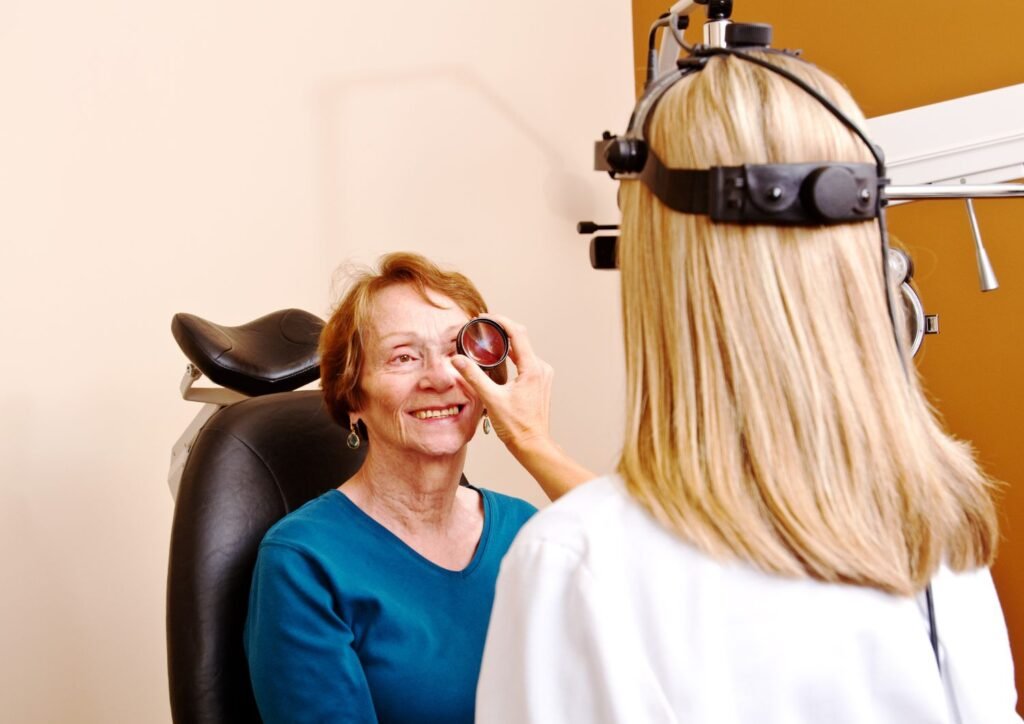
Essential Steps to Preserve Your Vision and Maintain Vibrant Eye Health
Detecting and addressing these issues early can help preserve and improve the quality of life for older individuals. Let’s dive deeper into these:
Nourish Your Eyes with Vision-Supporting Nutrition
Ever heard the saying, “You are what you eat?” This couldn’t be truer for our eyes. Your kitchen holds some of the most powerful tools for protecting your eyesight. The foods you choose can either support your vision or leave it vulnerable to age-related changes.
The Vision-Protecting Power Foods:
Dark leafy greens like spinach, kale, and collard greens contain lutein and zeaxanthin — natural compounds that act like sunglasses for your retina. Research shows that eating a vitamin-rich diet with leafy greens, colorful vegetables and fatty fish gives mature adults significant advantages in preventing or slowing advancement of degenerative eye diseases like age-related macular degeneration.
Colorful vegetables and fruits provide essential antioxidants. Think bright orange carrots, red bell peppers, and deep purple berries. These vibrant foods contain beta-carotene and vitamin C, which help protect the delicate structures in your eyes from oxidative damage.
Fatty fish such as salmon, mackerel, and sardines deliver omega-3 fatty acids that support retinal health and may help prevent dry eye syndrome. If you’re not a fish enthusiast, walnuts, flaxseeds, and chia seeds offer plant-based alternatives.
Smart Supplementation:
While whole foods provide the best foundation, targeted supplements can fill nutritional gaps. The AREDS2 formula, developed through extensive research, contains specific vitamins and minerals that may slow the progression of age-related macular degeneration in people at high risk.
Shield Your Eyes from Environmental Threats
Your eyes face daily challenges from environmental factors that can accelerate aging and damage. Fortunately, protection is simpler than you might think.
UV Protection Year-Round:
Ultraviolet radiation doesn’t take holidays. Even on cloudy days, harmful UV rays penetrate through and can damage your cornea, lens, and retina over time. Quality sunglasses with 100% UV protection should be as essential as your car keys when heading outdoors.
Look for wraparound styles that block light from all angles, and don’t assume darker lenses provide better protection — UV blocking is about the lens coating, not the tint. If you wear prescription glasses, consider photochromic lenses that automatically adjust to light conditions.
Digital Eye Strain Management:
Modern life means more screen time, even in retirement. Whether you’re video calling grandchildren, managing finances online, or enjoying digital entertainment, your eyes are working harder than ever.
The 20-20-20 rule offers simple relief: every 20 minutes, look at something 20 feet away for 20 seconds. This brief break allows your focusing muscles to relax and reduces eye strain. Consider blue light filtering glasses if you spend significant time on devices, especially in the evening.
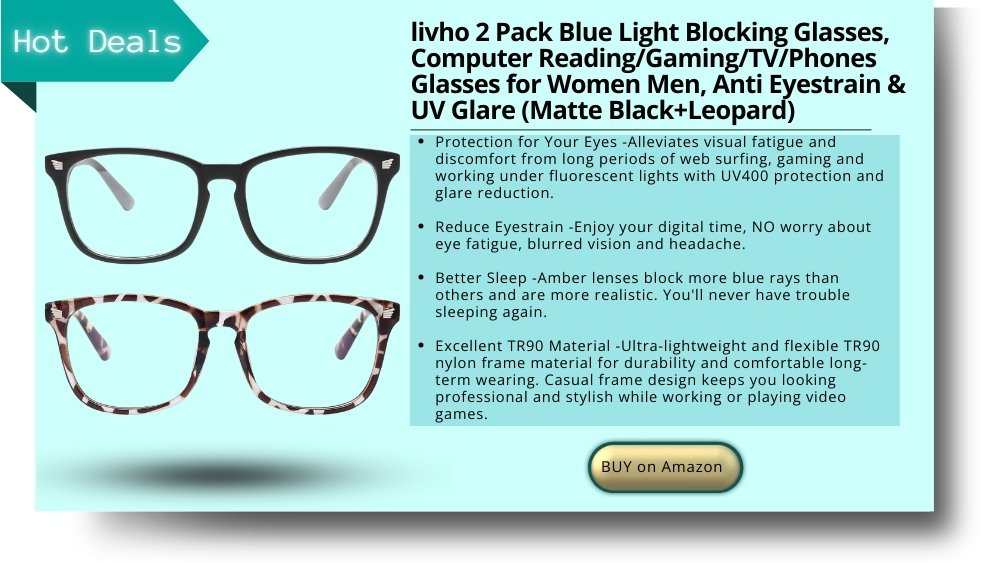
Maintain Optimal Eye Pressure and Circulation
Your eyes require steady blood flow and proper fluid drainage to function optimally. Several lifestyle factors directly impact these crucial processes.
The Exercise-Vision Connection:
Regular physical activity benefits your eyes in multiple ways. Exercise helps manage hypertension, high cholesterol, and heart disease — all risk factors for age-related macular degeneration. Cardiovascular exercise improves blood circulation to the optic nerve and retina, while strength training can help reduce intraocular pressure.
Even gentle activities like walking, swimming, or gardening provide vision benefits. The key is consistency rather than intensity. Aim for at least 30 minutes of moderate activity most days of the week.
Hydration for Eye Health:
Proper hydration supports tear production and helps maintain the fluid balance in your eyes. Dehydration can worsen dry eye symptoms and make your vision feel less sharp. Aim for adequate water intake throughout the day, and consider using a humidifier in dry environments.
Prioritize Professional Eye Care and Early Detection
Regular eye examinations become increasingly important as we mature. These visits aren’t just about updating your prescription—they’re comprehensive health screenings for your vision.
Understanding the Timeline:
Adults 65 and older should have comprehensive eye exams annually to screen for the four most common aging eye diseases: cataracts, glaucoma, age-related macular degeneration, and ocular hypertension. Many serious eye conditions develop silently in their early stages, making professional detection crucial.
What to Expect:
A comprehensive eye exam includes tests for visual acuity, eye pressure measurement, pupil dilation to examine the retina and optic nerve, and evaluation of your peripheral vision. These tests can detect problems years before you notice symptoms.
Advanced Diagnostic Technology:
Modern eye care utilizes sophisticated imaging technology that can detect microscopic changes in your retina and optic nerve. Optical coherence tomography (OCT) creates detailed cross-sectional images of your retina, while fundus photography documents the health of your eye’s interior structures over time.
Why Updating Your Prescription Glasses Matters
We all cherish life’s little moments, right? But imagine missing out on them just because of outdated glasses. Your eye health deserves the best. With time, our vision changes. Just like you wouldn’t wear the same shoes for decades, it’s essential to update our glasses to fit our current needs.

When it comes to eye health, expertise matters. Trust me; I’ve seen how the right glasses can transform lives. Our eyes tell stories, and with decades of experience, the difference is clear. Prioritizing eye health isn’t just about seeing better; it’s about experiencing life to the fullest.
Remember, every moment is worth seeing clearly. So, when was the last time you checked your glasses prescription? For the love of clear sunsets, family smiles, and the joy of reading your favourite book, let’s promise to keep our vision sharp and clear!
The Power of Eye Exercises to Boost Vision
Just as our bodies benefit from physical exercise, our eyes can also benefit from specific exercises to help maintain and potentially improve vision. These exercises can be particularly useful for reducing eye strain and may complement other vision care practices. Here are some simple eye exercises to consider:
Palming
- Rub your hands together vigorously to generate warmth and then cup your palms over your closed eyes without putting pressure on them.
- Close your eyes and relax while envisioning total darkness. Breathe deeply and hold this position for a few minutes.
- This exercise helps relieve eye strain and provides a moment of relaxation.
Eye Rolling
- Sit comfortably with your back straight.
- Look up, then slowly roll your eyes in a clockwise direction for several rounds.
- Afterwards, repeat the same motion in a counterclockwise direction.
- This exercise can help improve eye muscle flexibility and reduce eye fatigue.
Focus Shifting
- Find a near object and a distant object. For example, use your finger as the near object and an object across the room as the distant one.
- Focus on the near object for a few seconds, and then switch your focus to the distant object.
- Continue alternating your focus between the two objects for a few minutes.
- This exercise helps improve your ability to shift focus, which is essential for adjusting to varying distances.
Near-Far Focus
- Hold your thumb about 10 inches in front of your face.
- Focus on your thumb for a few seconds, then shift your focus to an object in the distance (e.g., a wall or a tree).
- Continue to alternate your focus between your thumb and the distant object several times.
- This exercise enhances your ability to adjust your focus between near and far objects, which is essential for daily tasks.
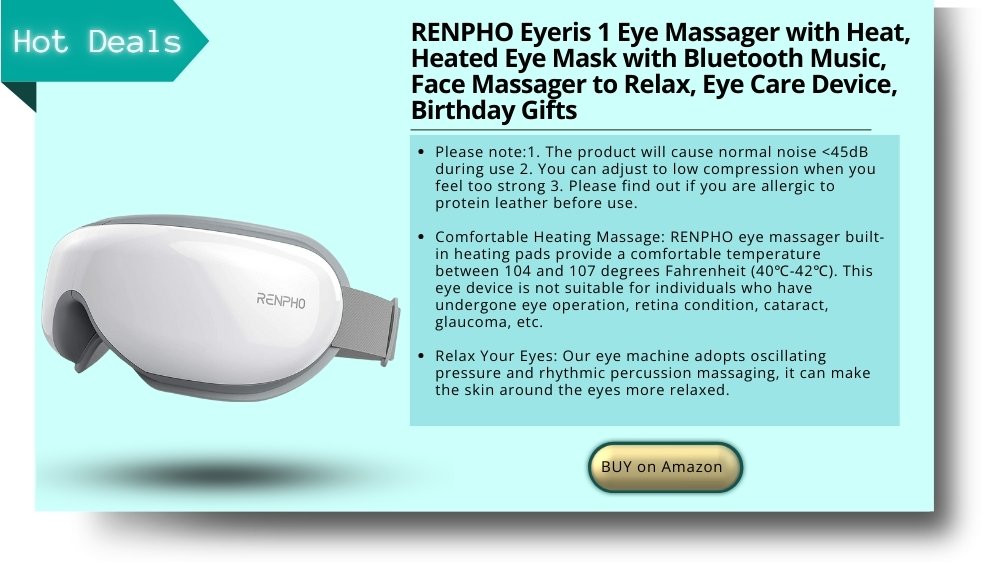
Blinking
- Blink your eyes rapidly for 20-30 seconds.
- After rapid blinking, close your eyes and take a few deep breaths.
- Blinking rapidly can help refresh your eyes and prevent them from becoming too dry or fatigued.
Zooming
- Hold a small piece of text at arm’s length.
- Slowly bring the text closer to your eyes until it becomes slightly blurry.
- Then, slowly move the text back to arm’s length.
- Repeat this process several times.
- This exercise can help improve your eye’s ability to focus on objects at different distances.
Figure Eight Eye Exercise:
- Imagine a large figure eight on its side (like the infinity symbol).
- Trace the figure eight with your eyes, following its path horizontally and then vertically.
- This exercise helps improve eye coordination and flexibility.
Remember that these exercises are not a guaranteed way to improve vision but may help reduce eye strain and maintain eye health. If you have specific vision problems or are experiencing changes in your vision, it’s essential to consult an eye care professional for a comprehensive eye exam and personalized guidance on maintaining and improving your vision.
Choosing Between Over-the-counter and Prescription Treatments
You’ve probably noticed that colourful over-the-counter (OTC) eye drops at the pharmacy. They promise quick relief, and sometimes, they do help soothe those tired or itchy eyes.
But here’s the deal: when it comes to our eye health, we shouldn’t be taking shortcuts. OTC solutions might be a quick fix, but they’re just that – a temporary solution. Remember those old sayings about experience and wisdom coming with age?
Well, our eyes have seen a lot, and they deserve expert care. And that’s where prescription treatments come into play. Based on years of medical research and expertise, these treatments are tailored to our unique needs. They’re recommended by professionals who’ve spent years studying eye health.
So, the next time you’re tempted to just grab an OTC solution, pause and think. It might be worth having a chat with your eye doctor first. After all, when it comes to safeguarding our vision, we want the best, don’t we?
Surgical Solutions for Eye Conditions
In certain cases, surgery can be the most effective solution for addressing various eye conditions. Two common eye surgeries are cataract surgery and glaucoma surgery:
Cataract Surgery
- Procedure: Cataract surgery is a common surgical procedure that involves removing the clouded natural lens of the eye and replacing it with an artificial intraocular lens (IOL).
- Indications: Cataracts are a condition where the eye’s natural lens becomes cloudy, leading to blurred vision. Cataract surgery is typically recommended when cataracts significantly affect a person’s vision and daily life.
- Benefits: Cataract surgery can restore clear vision and improve overall quality of life. It is one of the most successful and frequently performed surgeries worldwide.
Glaucoma Surgery
- Procedure: Glaucoma surgery encompasses several procedures aimed at reducing intraocular pressure (IOP) to prevent or manage glaucoma, a group of eye conditions characterized by optic nerve damage.
- Indications: Glaucoma surgery is usually considered when medical or laser treatments are insufficient to control intraocular pressure and prevent further optic nerve damage.
- Benefits: Glaucoma surgery can help lower IOP by improving the eye’s drainage system or reducing fluid production. By controlling IOP, these surgeries aim to slow the progression of glaucoma and protect the optic nerve from further damage, preserving vision.
It’s important to note that these are just two examples of surgical solutions for eye conditions. Many other eye surgeries exist, each designed to address specific issues, such as retinal detachment repair, corneal transplantation, and refractive surgery (e.g., LASIK), among others.
The decision to undergo eye surgery is typically made after a thorough evaluation by an ophthalmologist or eye surgeon, who will consider factors like the severity of the condition, potential benefits, and risks.
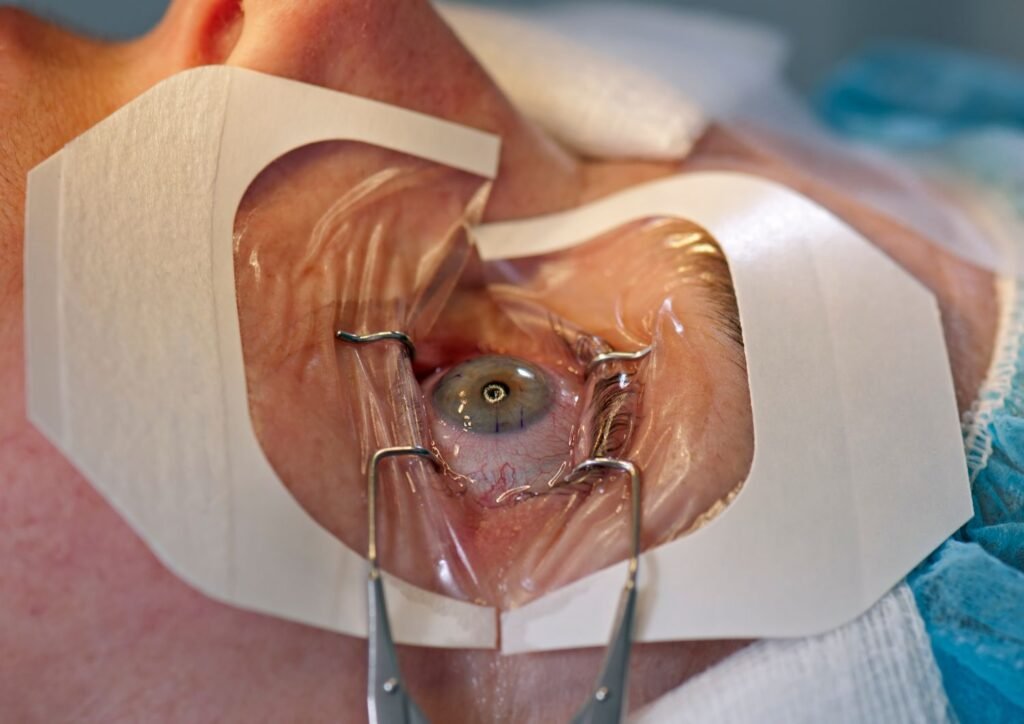
While these surgeries can be highly effective in improving or preserving vision, they also require careful post-operative care and follow-up to ensure the best possible outcomes.
The Future of Your Vision
Your eyesight connects you to the world around you—the faces of loved ones, the beauty of nature, the words on your favorite books. The steps you take today create the foundation for clear, comfortable vision tomorrow. Recent advances in eye health treatments and early detection methods offer more hope than ever for preserving your sight throughout your retirement years.
With this year being recognized as a pivotal year for eye health advancement, there’s never been a better time to prioritize your vision care. Remember, it’s never too late to start caring for your eyes, and small, consistent actions often yield the most significant results.
Your eyes have been faithful companions throughout your life’s journey. By following these five essential steps, you’re investing in many more years of visual adventures, meaningful connections, and the independence that comes with healthy sight.
Have you implemented any of these eye health strategies in your daily routine? What concerns do you have about maintaining your vision as you age? Share your experiences and questions — your insights might help fellow readers on their eye health journey.
Frequently Asked Questions About Senior Eye Health
- How often should I have my eyes examined after age 65?
- Adults 65 and older should have comprehensive eye exams annually. If you have risk factors like diabetes, high blood pressure, or a family history of eye disease, your eye care professional may recommend more frequent visits.
- Are expensive supplements necessary for eye health?
- While a nutrient-rich diet should be your foundation, specific supplements like the AREDS2 formula may benefit people at high risk for macular degeneration. Consult your healthcare provider before starting any supplement regimen, as some can interact with medications.
- Can cataract surgery be performed if I have other eye conditions?
- Yes, cataract surgery is generally safe for people with other eye conditions like macular degeneration or glaucoma. Your surgeon will evaluate your specific situation and may coordinate care with other eye specialists.
- What’s the difference between dry and wet macular degeneration?
- Dry macular degeneration progresses slowly as deposits accumulate in the macula. Wet macular degeneration involves abnormal blood vessel growth and can cause rapid vision loss but often responds well to injection treatments.
- Will reading in dim light damage my eyes?
- Reading in poor lighting can cause eye strain and fatigue but won’t permanently damage your eyes. However, good lighting makes reading more comfortable and may help prevent headaches and tired eyes.
- Should I be concerned about blue light from screens?
- While research on blue light’s long-term effects continues, the primary concern with screen use is digital eye strain from focusing and reduced blinking. Taking regular breaks and using proper lighting are more important than blue light filtering.
- Can exercise really help my eye health?
- Absolutely! Regular exercise improves circulation to the eyes, helps manage conditions like high blood pressure that can affect vision, and may reduce the risk of developing age-related macular degeneration.
- What warning signs should prompt immediate eye care attention?
- Seek immediate care for sudden vision loss, new flashes of light, increasing floaters, curtain-like shadows in your vision, severe eye pain, or rainbow halos around lights.
REFERENCES
- International Agency for the Prevention of Blindness. (2024). Eyes on the Future: 2025 – A Pivotal Year for Eye Health.
- Business Wire. (2025). Vision Care Market Forecast Report and Company Analysis 2025-2033.
- University of North Carolina Department of Ophthalmology. (2024). February is Age-Related Macular Degeneration Awareness Month!
- American Academy of Ophthalmology. (2024). Is Cataract Surgery Safe for People With Macular Degeneration?
- Cleveland Clinic. (2023). Macular Degeneration: Symptoms, Diagnosis & Treatment.
- BrightFocus Foundation. (2025). Cataract Surgery and Age-Related Macular Degeneration.
Disclaimer
The content provided on MySeniors.World is for informational purposes only and is not intended as either financial or medical advice. Always consult a qualified professional before making any investment or health-related decisions.
Posts may contain affiliate links, meaning we earn a commission – at no additional cost to you, if you click through and make a purchase. Your support helps us continue providing valuable content.
